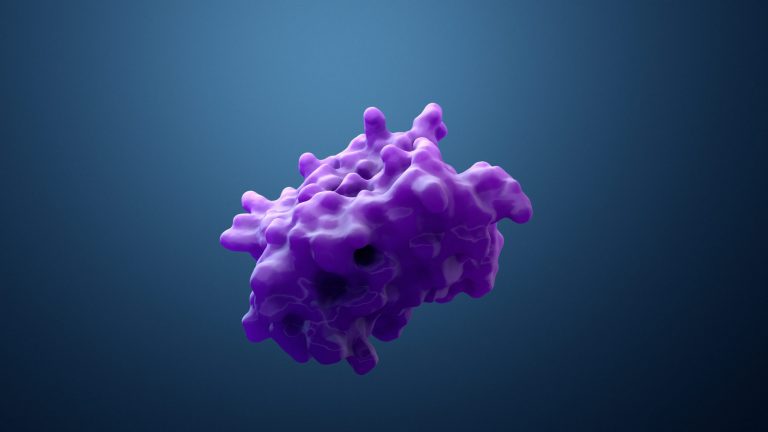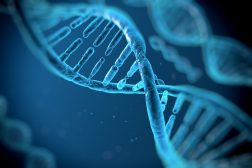Protein Variety

Protein (illustration)
The sequence of amino acids determines which type of protein it is. It is synthesized from a DNA strand, each DNA strand involved in protein synthesis is responsible for producing a unique protein.
Types of Protein
Over time and diversity of organisms, a huge amount of proteins exist and perform a unique function in the body. Primarily, there are three types of protein
- Fibrous Proteins – These fiber-like proteins are used for structural purposes in organisms. This is because fibrous proteins are arranged in long strands and are insoluble in water. Examples of use include providing a barrier in the cell wall of plants and myosin in skeletal muscle
- Globular Proteins – The polypeptide chains (protein chains) in globular proteins are folded together into a knot like shape essential in the fact that are present in the following1. Enzymes – Biological catalysts, enzymes are responsible for speeding up reactions in an organism
2. Hormones – Hormones are chemical messengers responsible for initializing a response in organisms. Some hormones have a regulatory effect, explained in later chapters in the tutorial
3. Antibodies – Antibodies are used to defend the body against foreign agents e.g. bacteria, fungi, and viruses. The next page investigates these.
4. Structural Protein – Globular proteins form part of the cell membrane, which has a structural role as well as a role in transporting ions in and out of the cell. - Conjugated Proteins – Conjugated proteins are essentially globular proteins that possess non-living substances, such as the haem found in hemoglobin, which possesses iron (a non-living substance)
Therefore proteins play a vital role in many of an organism’s biological processes and their organs. The next tutorial investigates cell defense against foreign agents, where proteins are playing their role in the form of antibodies…
You will also like...

Still Freshwater & Plants
Plants in lentic habitats have features not found in terrestrial plants. They acquired these features as they adapt to t..

A Balanced Vitamin Diet – Vitamins A – K
A balanced diet is essential to a healthy organism. Insufficiency or too much of a particular element or compound, such ..

Ecology & Biodiversity: New Zealand Flora & Fauna
New Zealand is known for its unique biodiversity, caused by its remarkable geography and geologic history. Breaking away..

Growth Patterns
This tutorial describes the sigmoid curve, annual plant growth, tree growth, human growth, and insect growth as the grow..

Genetics and Evolution
Humans are diploid creatures. This means that for every chromosome in the body, there is another one to match it. Howeve..

Genetic Control – On and Off Genes
Genes are the blueprint of our bodies, a blueprint that creates a variety of proteins essential to any organism's surviv..
